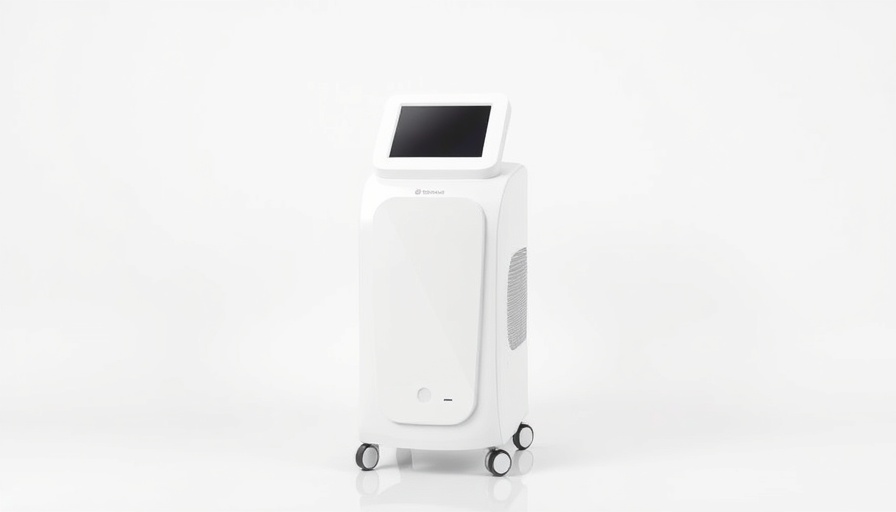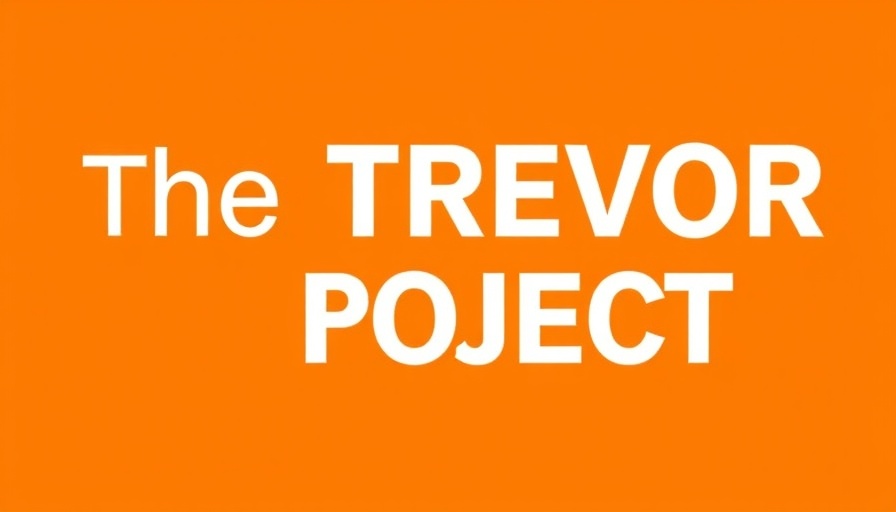
The Evolving Landscape of Fractional Laser Treatments
At the recent 2025 American Society for Laser Medicine and Surgery (ASLMS) Annual Meeting in Orlando, Dr. E. Victor Ross, a prominent dermatologist from Scripps Hospital, delved into the intricacies of fractional laser treatments, identifying both their remarkable benefits and notable constraints. As these technologies continue to reshape dermatologic practice, understanding their nuances is crucial for both clinicians and patients alike.
Why Fractional Lasers? The Benefits Explained
Dr. Ross highlighted the core advantages of fractional lasers over their non-fractional counterparts. The primary goal is clear: reduce the infection risk, shorten recovery times, and mitigate long-term hyperpigmentation effects—a concern that has been acknowledged since the inception of aggressive non-fractional resurfacing. His assertion sparks contemplation about the evolving techniques in this field and what they can deliver to patients.
Understanding the Limitations: It’s Not Always About Fractional
But as with all technologies, fractional lasers are not without their challenges. Dr. Ross pointed out a critical issue in the current landscape: the absence of clear clinical endpoints in treatment protocols. "You’re treating by recipe completely," he described, emphasizing that practitioners must adhere strictly to established parameters. This precision is essential because exceeding the recommended number of treatment passes can lead to undesired outcomes, reminiscent of playing a gamble—the thrill might be exhilarating, but the stakes are high.
In particular, Dr. Ross shared insights into treating deeper rhytides, specifically around the mouth, where he has found fractional lasers less effective. In such cases, he prefers the more reliable non-fractional CO₂ laser treatments, which have shown to yield superior results for pronounced perioral lines. This admission underscores the importance of continually assessing the adequacy of available technologies.
Wound Geometry: Bigger Isn’t Always Better
Another significant point raised was the importance of wound size in healing outcomes. Dr. Ross noted that wounds larger than 500 microns in diameter could increase scarring and hypopigmentation risks. He observed that “smaller wounds are typically better than larger wounds,” advocating for restraint in treatment application to optimize healing. This proposition serves as a critical consideration for anyone pursuing cosmetic treatments.
The Future of Laser Treatments: Widening Options and Innovations
As the field advances, the debate between ablative versus non-ablative fractional lasers continues to be pivotal. According to Dr. Ross, ablative lasers often outperform their non-ablative counterparts, although there are exceptions, such as in the treatment of acne scars. This highlights the continuous evolution in technology and treatment modalities.
Moreover, as innovations begin to take hold, practitioners should be ready to embrace new solutions that may redefine conventional practices in dermal therapies. For those invested in maintaining their skin health, staying informed about these developments can lead to better decisions regarding treatment options.
For a deeper dive into these findings and to keep abreast of emerging trends in skin treatments, readers are encouraged to explore where and how these technologies are evolving, particularly in reputable med spas across Southern California.
 Add Row
Add Row  Add
Add 




Write A Comment